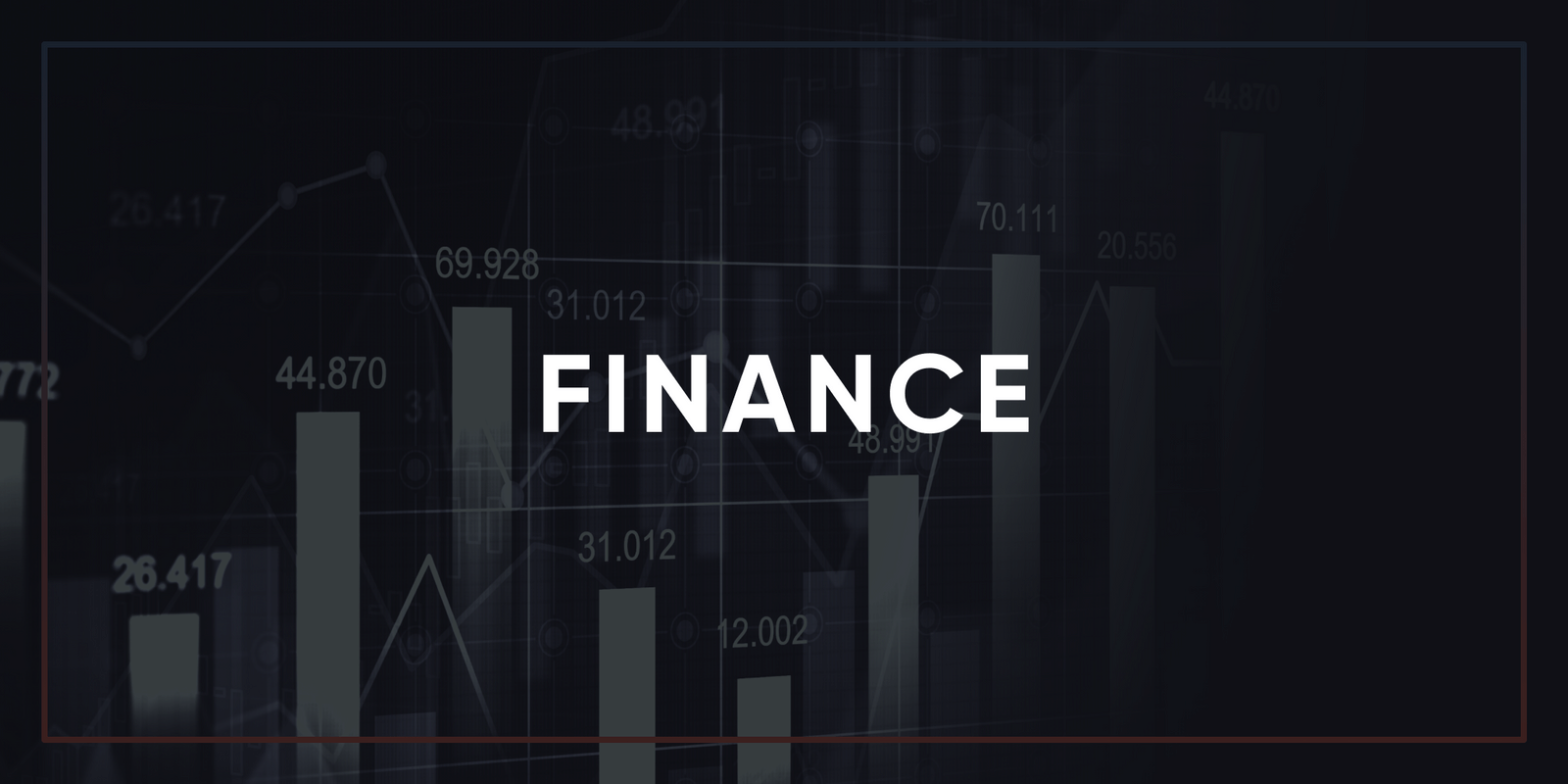Why technical analysis doesn’t work for crypto (at least not as well)
In the stock market, technical analysis is predicated on the completeness of information model, meaning that all the information that can be had about the stock is already priced in. Companies need to publish results, their results are audited, important announcements have to be reported to the regulator and sometimes trading is even halted before an important announcement. None of these requirements and mechanisms exist for crypto assets. While the models have some validity because a large part of the community believes in them, making them in effect a self-fulfilling prophecy rather than a data-driven conjecture, on closer inspection most of the technical analysis does not deliver actionable predictions.
The double top, the triple top, the V shaped recovery vs. the round bottom, the domed house, the falling and the rising wedge — all of these chart patterns are certainly there but they do not hold the same information content as they do with a properly audited stock market asset. In essence, crypto trades far more on expectations, hopes and predictions then it does on technical criteria or fundamentals. A crypto asset goes up when people believe in it, not because an analyst put a price target on it based on a revenue stream, and financial forecasts. However, because only a handful of technical analysts and even less the general public understand the difference in technical analysis validity, the cryptosphere is full of wannabe analyst who simply take over the traditional stock market model and apply it to crypto assets haphazardly, ignorant of the essential differences.
What we are facing is the tug-of-war between individual technical analysts and the wisdom of crowds; and since we have so little information about the financial position of crypto projects available and charts cannot reflect the future prospects of an asset as they do in traditional stock market settings, we need to look at the expectations of crowds, their risk aversion or appetite as a guide to potential future performance.
Because the movement of crypto assets depends so much on hopes and expectations, on FUD and FOMO and on highly engaged fan communities — often full of impressionable newbies without any financial knowledge — on YouTube influencers and professional coin shillers, on airdrops and giveaways, and lastly on celebrity endorsements (cf. Musk vs. Doge) it may actually be more interesting to base one’s buying or selling decisions on prediction models inherently possible with prediction market apps as the one we have designed at Unity Network.
If a majority of users in a prediction market votes for a specific outcome, the likelihood of that answer delivering the desired actionable results increases. That is exactly the reason why crypto Twitter and other platforms are full of polls, full of information gathering efforts, which in absence of audit reports, balance sheets, and other solid information build the bulk of the data available to make decisions.
